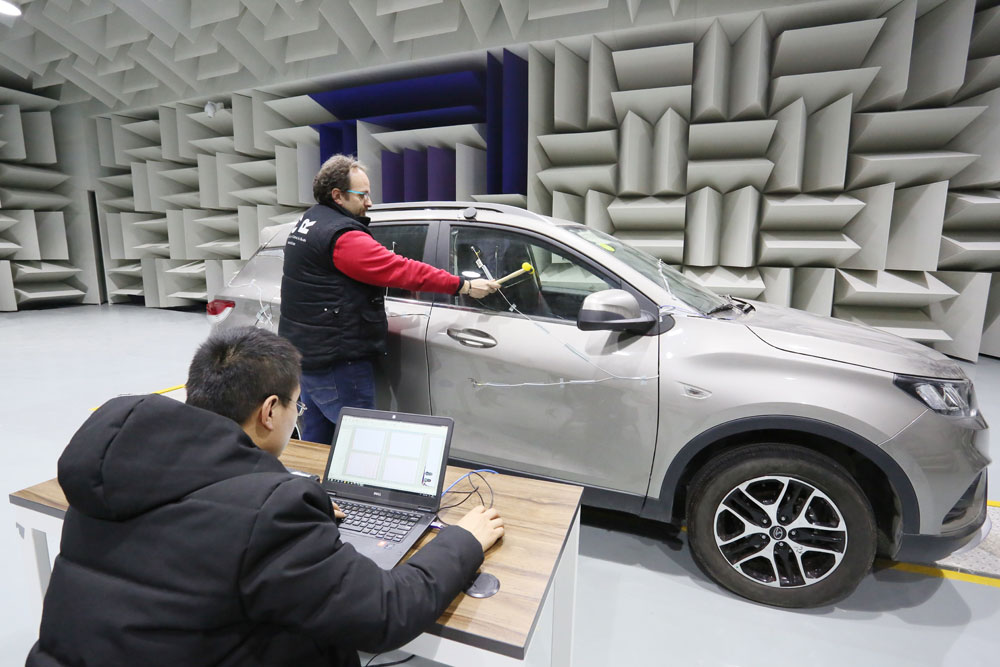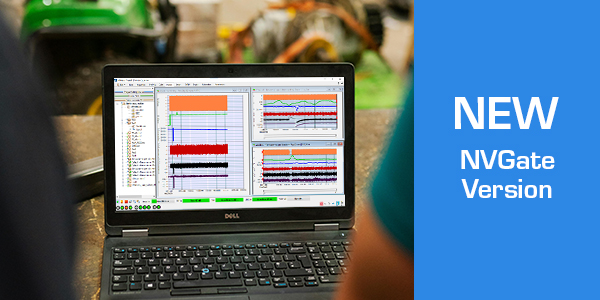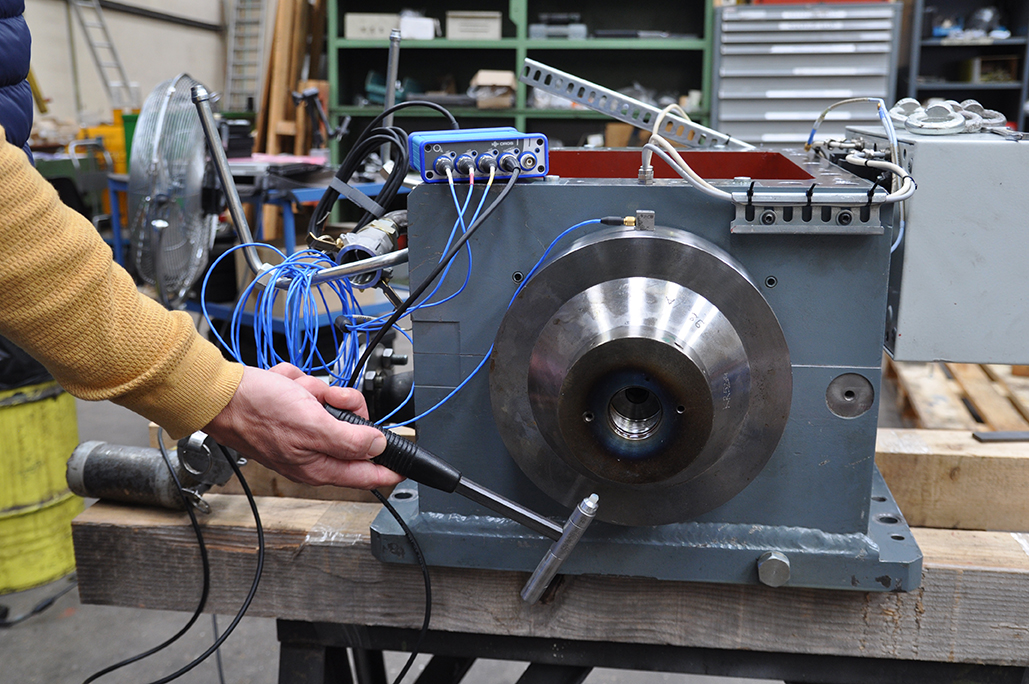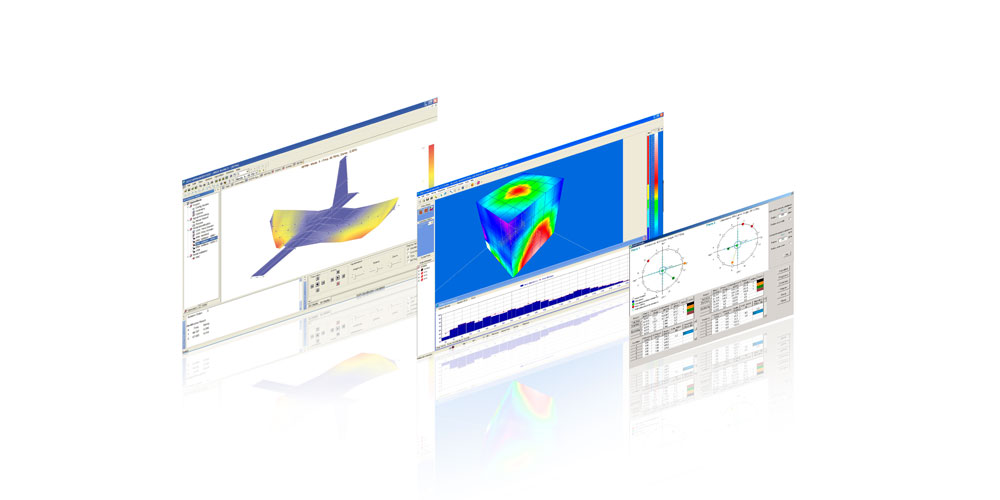
TPA – Transfer Path Analysis
Acoustic comfort optimization based on an innovative TPA method
The objective for the noise and vibration expert is to identify the main contributing sources in order to make the necessary mechanical corrections. OROS, specialist in noise and vibrations, offers a range of services and unique measurement solutions dedicated to Transfer Path Analysis and to the process of determining the inputs to passengers’ ears: the TPA (Transfer Path Analysis) method, also called Transmission Path Analysis.
QuickView
Download the latest version
First be logged into myOROS
or quickly create an account
Our catalog
Noise and vibration challenges
Trains, planes, cars… : all means of transport are affected by noise and vibration challenges.
Although the R&D departments of vehicle manufacturers deal directly with these problems when designing vehicles, it is often necessary to take further action once the first prototype has been released.
To reduce noise, actions can be implemented either at the source, on its transfer path, or at the level of final emission into the passengers’ ears.
Innovation in TPA analysis
- Full Transfer Path Analysis solution including analysis software, acquisition systems and services
- Covers Advanced TPA, Operational TPA, as well as Classical TPA
- Allows determination and ranking of contributions and the complete transmission path
- Ranges from a few to large numbers of subsystems such as those encountered in automotive applications
Maximum gains in testing performance
- Enables tests to be carried out without mechanically isolating the various sources (to avoid subsystem cross-talk) resulting in shorter testing times
- Allows contributions from panels, structural paths, or sources to be ranked
- Separates Air-borne contributions from Structure-borne contributions
- Extends the frequency range to high frequencies
- Integrates powerful validation tools
3 minutes to discover the inovative OROS TPA methodology
The solution proposed is particularly innovative and powerful in several ways. Firstly, it allows evaluation of panel noise contributions even if the panels are coupled, without disassembly. In addition, the method makes it possible to determine the transfer path at several subsystem levels (structure, panel, target). Secondly, the techniques used make it possible to separate and evaluate the airborne and structure-borne contributions. Finally, analysis can be carried out over a large frequency range, whereas conventional methods focus on low frequencies.
All of these distinguishing aspects of the performance of OROS instruments represent an offer unique to the market.
All our software solutions are customizable to be integrated in your environment. Please contact our the OROS Customer Care Department and visit the customization services webpage.





